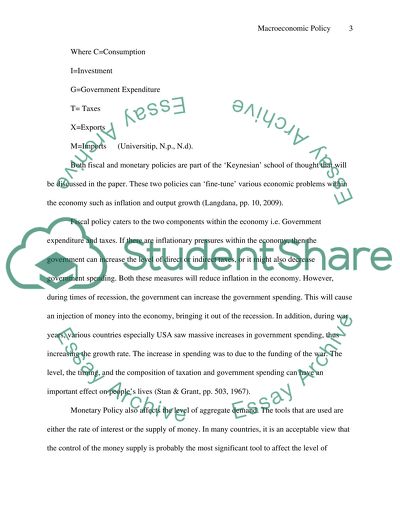Cite this document
(“The central dilemma of macro-economic policy is not the choice between Essay”, n.d.)
Retrieved from https://studentshare.org/environmental-studies/1413416-the-central-dilemma-of-macro-economic-policy-is
Retrieved from https://studentshare.org/environmental-studies/1413416-the-central-dilemma-of-macro-economic-policy-is
(The Central Dilemma of Macro-Economic Policy Is Not the Choice Between Essay)
https://studentshare.org/environmental-studies/1413416-the-central-dilemma-of-macro-economic-policy-is.
https://studentshare.org/environmental-studies/1413416-the-central-dilemma-of-macro-economic-policy-is.
“The Central Dilemma of Macro-Economic Policy Is Not the Choice Between Essay”, n.d. https://studentshare.org/environmental-studies/1413416-the-central-dilemma-of-macro-economic-policy-is.


